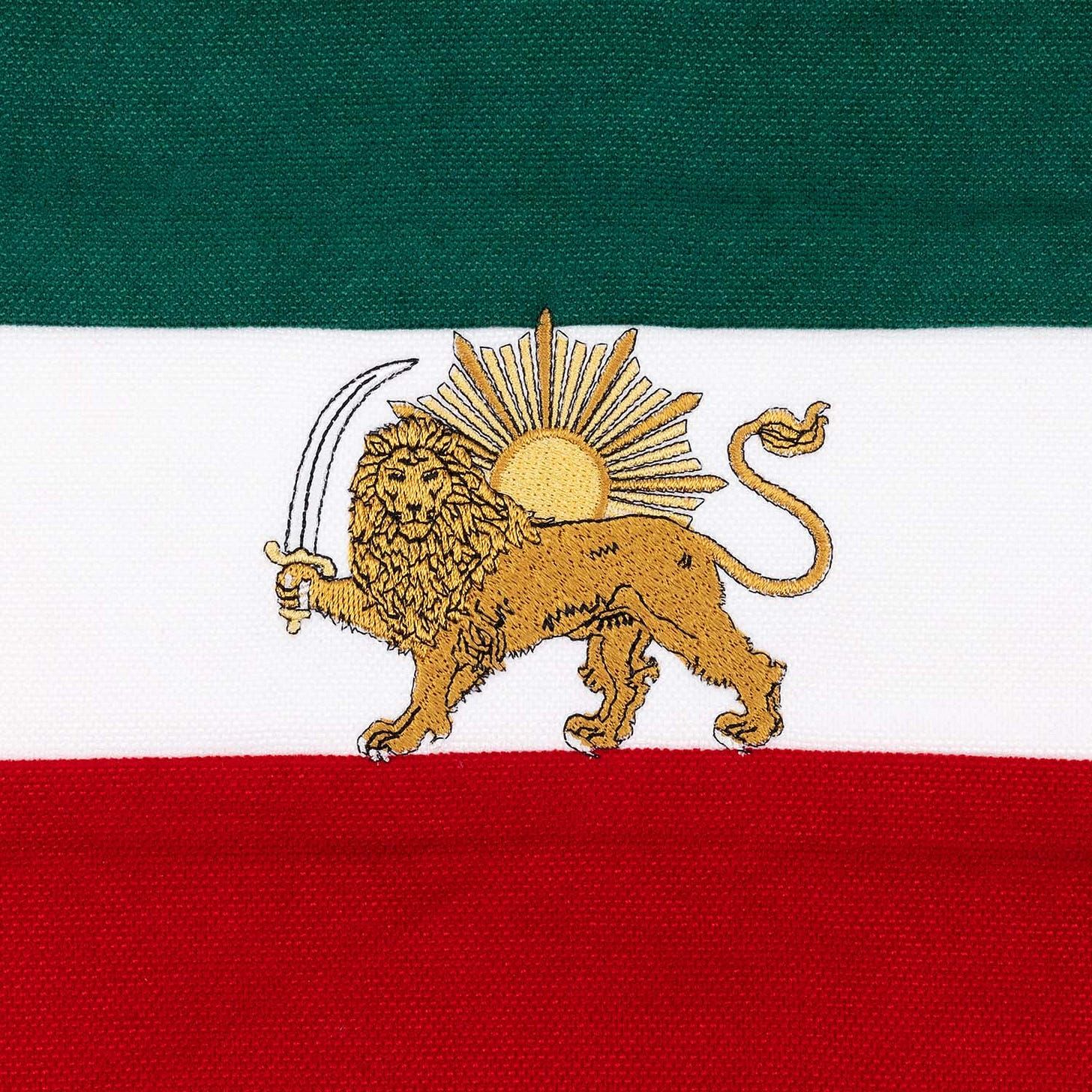The name Rising Lion chosen for Israel’s military operation is not a rhetorical flourish—it articulates a strategic vision that reaches far beyond the immediate goal of neutralizing Iran’s nuclear program. In Iranian political tradition, the rising lion symbolizes sovereignty, renewal, and secular nationhood. It is closely associated with the Pahlavi monarchy and with a vision of Iran integrated into the international order rather than opposed to it. By reviving this image, the operation signals an aspiration not only to degrade military assets but to challenge the very ideological and historical foundations of the Islamic Republic. The lion rising is not Israel asserting itself; it is Iran being imagined differently.
The operation suggests that the real objective is regime change in Tehran. The selection of military targets goes beyond nuclear enrichment facilities and encompasses command structures, elite Revolutionary Guard units, and strategic communications. This indicates a broader ambition: to weaken the institutional capacity of the regime and to erode its internal coherence. The symbolic dimension of the operation is thus inseparable from its tactical execution. Rising Lion does not aim merely to delay a bomb; it seeks to create the political conditions for a post-theocratic Iran. It is a signal to those inside the country, as much as to external observers, that the current regime is not eternal, and that its end can be imagined, even accelerated.
The reactivation of monarchical symbolism is central to this strategy. The lion of the pre-revolutionary flag is not evoked as a relic, but as an alternative political horizon. It offers a secular-nationalist model, stripped of theocratic legitimacy and more compatible with regional stability as envisioned by Israel and its Western allies. By embedding this reference into the operation’s identity, the campaign gains an additional layer: it becomes not only an act of defense, but a gesture of redefinition. The message is subtle but clear—the problem is not only Iran’s capabilities, but the regime that produces and legitimizes them. And in this reading, Rising Lion marks the opening of a chapter, not the closing of one.
This operation also carries significant regional implications. It is not simply about defusing a nuclear threat, but about reshaping the regional order in ways that reflect Israel’s long-term security priorities. The Islamic Republic has been the anchor of a geopolitical axis that includes Hezbollah, Syrian paramilitaries, and other non-state actors operating across Lebanon, Iraq, and Yemen. By targeting Tehran’s central authority, the operation aims to destabilize this axis and to reverse the strategic depth Iran has accumulated since 2003. A weakened or transformed Iran would fundamentally alter the balance of power in the Middle East, opening the way for new alignments, reducing the asymmetrical threat to Israel, and consolidating the influence of states more closely integrated into a U.S.-backed regional framework.
In this context, Rising Lion is not just a military initiative—it is a political proposition, embedded in both its objectives and its name. The lion rises not as an emblem of Israeli aggression, but as a reassertion of a regional architecture in which Iran no longer functions as a revolutionary outlier. Regime change, in this framework, is not a speculative outcome but a strategic imperative. The operation thus marks a potential inflection point: a moment in which Israel not only seeks to contain a threat, but to inaugurate a different regional equilibrium—one constructed around its own vision of stability, deterrence, and long-term sovereignty.




